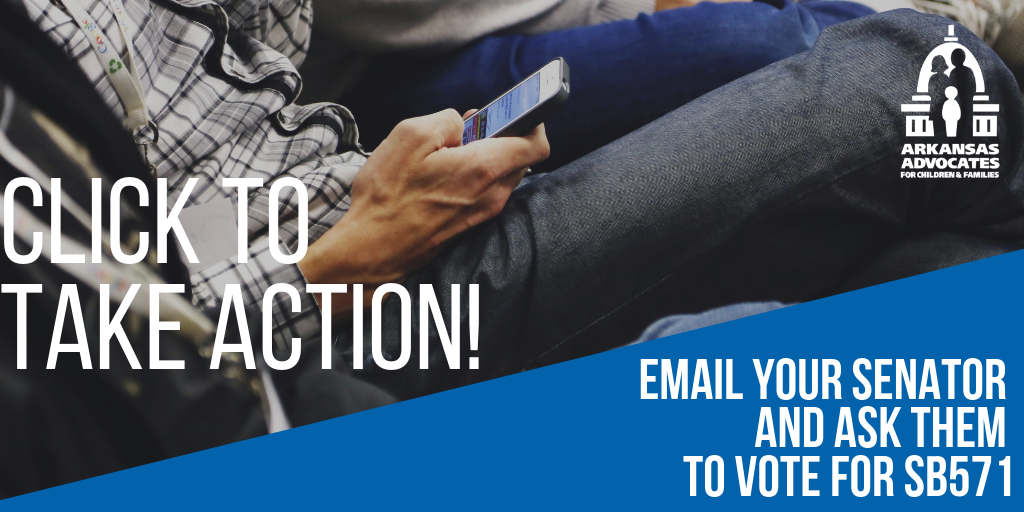
Arkansas has the chance to reduce the use of tobacco and tobacco-related products, while also reducing the financial burden placed on the state’s non-smokers, who help pay the health care costs associated with smoking. Arkansas’s adult smoking rate is 22.3 percent, far above the national average of 16.4 percent. That comes with enormous human and financial costs: nearly 6,000 Arkansan deaths each year are attributable to smoking, and smoking costs Arkansas’s Medicaid program around $795 million every year.
Raising tobacco taxes has been proven to reduce smoking while raising revenue. Arkansas Senate Bill 571, filed by Sen. Jim Hendren and more than 50 bipartisan co-sponsors, seeks to achieve just that. The last time Arkansas increased our tobacco tax, cigarette sales declined by 27.8 percent, while revenues from cigarette sales increased by $46.5 million. Reduced smoking also reduces health care costs, not only for the individuals smoking less or not at all, but also for the state.
Contact your legislators now and ask for a Yes vote on SB571.
Tobacco taxes are especially helpful in reducing tobacco use among children. By making cigarettes too expensive for kids to buy, the taxes prevent the initiation of tobacco use, promote cessation an reduce the amount of tobacco use among those who do continue to smoke. While a 10 percent increase in the price of cigarettes reduces adult smoking by 2 percent and young adult smoking by 3.5 percent, it reduces adolescent and teen smoking by 6 or 7 percent.
E-cigarettes are also of serious concern in Arkansas, where more high schoolers use e-cigarettes than smoke regular tobacco products. Research indicates that e-cigarette use may lead to increased tobacco use among youth. It is critical that adults attempt to get ahead of this dangerous trend to avoid losing previous ground made in reducing youth smoking rates.
Lower-income people benefit the most from the health benefits from reduced smoking, helping to even out the incidence of tobacco taxes. People under the poverty line experienced 46 percent of the health benefits in the form of reduced deaths while paying about 12 percent of the total tax increase, according to an analysis of a previous tobacco tax increase. SB571 also includes tax cuts for lower- and middle-income taxpayers that help offset most of the tax increase on tobacco.

